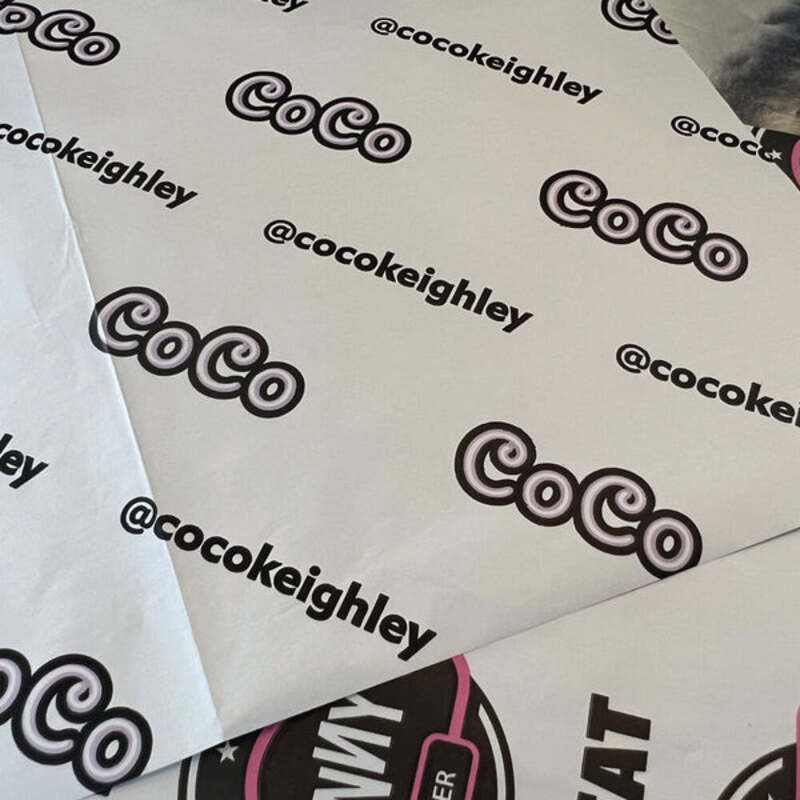Personalized Food Packaging A Taste of Innovation
In an age where individual preferences are increasingly valued, personalized food packaging is emerging as a revolutionary trend in the food industry. This innovative approach not only caters to the diverse tastes and dietary needs of consumers but also enhances the overall experience of enjoying food. As companies strive to meet the demands of an increasingly discerning customer base, personalized packaging solutions are redefining how food is presented, perceived, and consumed.
Understanding Personalized Food Packaging
At its core, personalized food packaging goes beyond simply identifying a product. It incorporates elements that resonate with individual consumers, allowing them to feel a connection with what they are buying. This can include custom labeling, tailored nutritional information, and even packaging that reflects the consumer's lifestyle or values. For instance, vegan consumers might receive products in packaging that highlights plant-based ingredients, whereas fitness enthusiasts could receive selections emphasizing low calories or high protein content.
One of the most significant factors driving the demand for personalized food packaging is the growing trend towards health consciousness. Consumers today are more informed about their dietary choices and seek transparency in the food they eat. Companies that embrace personalization can cater to these preferences by providing detailed information about sourcing, ingredients, and nutritional benefits, all neatly packaged for convenience.
Technological Advancements in Personalization
The rise of technology has played a pivotal role in revolutionizing personalized food packaging. With advancements in printing technology, companies can quickly produce small batches of customized packaging, significantly reducing the barriers to personalization. Innovations such as augmented reality (AR) and interactive packaging can also enhance consumer engagement by allowing customers to scan their products for more information or to take part in interactive experiences.
Another game-changer is the use of data analytics. Brands can gather insights from consumer behavior and preferences through online shopping habits, surveys, and social media interactions. By leveraging this data, companies can create packaging that resonates more closely with their target audience, tailoring everything from design to language. For example, a brand might discover that a specific demographic favors eco-friendly materials, prompting a shift in packaging strategy to meet this expectation.
personalised food packaging

Sustainability and Ethical Considerations
Personalized food packaging also intersects prominently with sustainability concerns. Today’s consumers are not just looking for products that meet their dietary needs; they also want to support brands that demonstrate a commitment to environmental responsibility. By utilizing biodegradable materials or minimizing excess packaging, companies can appeal to eco-conscious consumers while tuning their personalization strategies to highlight these sustainable practices.
Additionally, personalized packaging can play a significant role in reducing food waste. By creating portion-controlled packages tailored to individual consumption habits, brands can help consumers buy only what they need, reducing the likelihood of food spoilage. This approach not only supports financial savings for consumers but also contributes positively to environmental efforts by minimizing waste.
The Retail Experience A New Standard
In retail settings, personalized food packaging stands to enhance the shopping experience significantly. Imagine walking into a supermarket or a specialty food store and finding products that greet you by name or highlight your favorite flavors. Brands leveraging personalization in their packaging are not only attracting attention but are also creating emotional connections with their customers, ultimately driving loyalty and repeat purchases.
Furthermore, the rise of e-commerce has allowed for even more customization. Online stores can offer a unique user experience by providing personalized recommendations based on past purchases or preferences, ensuring that the products that land at a consumer's doorstep are exactly what they want.
Conclusion
Personalized food packaging is not just a fleeting trend; it is a reflection of a broader shift in consumer behavior and expectations within the food industry. As more brands recognize the importance of catering to individual preferences, the future of food packaging looks increasingly customized, sustainable, and engaging. Whether it's the health-conscious consumer seeking transparency or the environmentally aware shopper prioritizing sustainability, personalized packaging provides an innovative solution to meet diverse needs. The intersection of technology, consumer insights, and ethical practices has truly set the stage for a new era in food packaging—one that is as unique and dynamic as today's consumers.



